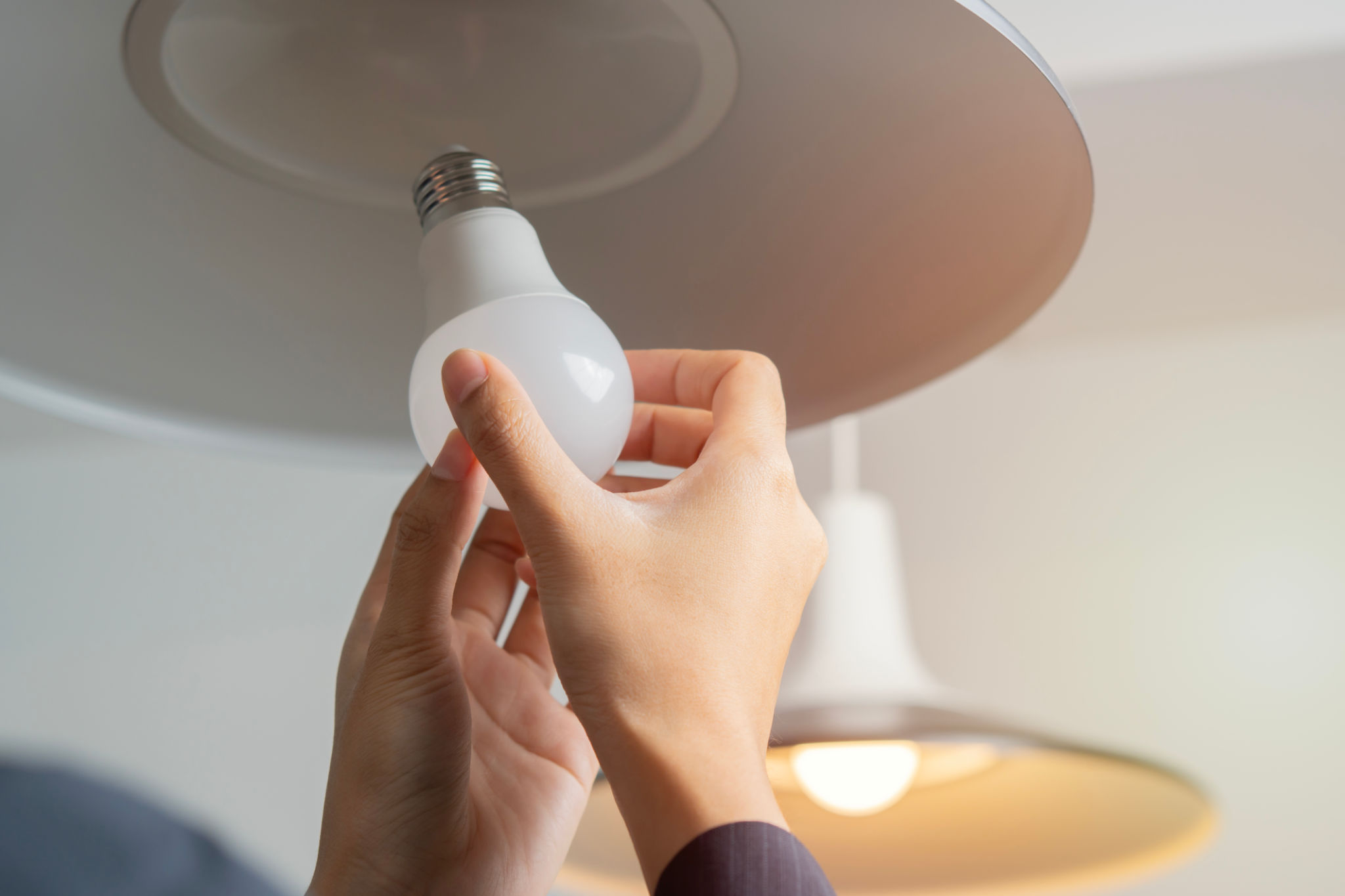Comparing LED and Traditional Lighting: A Buyer's Guide
Understanding LED and Traditional Lighting
When it comes to choosing the right lighting for your home or business, the two most common options are LED and traditional lighting, which includes incandescent and fluorescent bulbs. Each type has its own advantages and disadvantages, and understanding these can help you make an informed decision.
Traditional lighting has been around for years, offering a warm, familiar glow. Incandescent bulbs are known for their soft light and immediate illumination, while fluorescent lights are often used in commercial settings due to their efficiency. However, with advances in technology, LED lighting has emerged as a popular choice for many.

Energy Efficiency
One of the most significant differences between LED and traditional lighting is energy efficiency. LED bulbs consume up to 80% less energy than incandescent bulbs. This efficiency translates to lower electricity bills and a reduced carbon footprint, making LEDs an eco-friendly option.
Fluorescent lights are more energy-efficient than incandescent bulbs but still fall short compared to LEDs. Additionally, LEDs have a longer lifespan, often lasting up to 25,000 hours or more, compared to the 1,000 hours of incandescent bulbs and around 10,000 hours of fluorescent lights.

Cost Considerations
Initially, LED bulbs can be more expensive than traditional lighting options. However, their long lifespan and reduced energy consumption make them cost-effective in the long run. The upfront cost is quickly offset by the savings on utility bills and the reduced need for frequent replacements.
In contrast, while incandescent and fluorescent bulbs may be cheaper initially, their shorter life spans and higher energy consumption can lead to increased costs over time. When considering the total cost of ownership, LEDs often prove to be the more economical choice.

Light Quality and Versatility
The quality of light is also an important factor. LED lights offer a wide range of color temperatures, from warm to cool, allowing you to tailor the lighting to your specific needs. This versatility is ideal for both residential and commercial applications. Furthermore, LEDs provide instant illumination without the flicker sometimes associated with fluorescent lights.
Traditional incandescent bulbs are known for their warm light, which is often preferred in settings where ambiance is important. However, they are limited in terms of color options and brightness control compared to modern LEDs.
Environmental Impact
Another consideration is the environmental impact of your lighting choice. LEDs are considered more environmentally friendly because they use less energy and contain no hazardous materials like mercury, which is found in fluorescent bulbs. Additionally, their long lifespan means fewer resources are used in manufacturing and disposal.
Incandescent bulbs, on the other hand, use significantly more energy and must be replaced more frequently, contributing to landfill waste. Fluorescent lights also pose a disposal challenge due to their mercury content, requiring special handling to prevent environmental contamination.

Conclusion
When comparing LED and traditional lighting options, it's clear that LEDs offer numerous advantages in terms of energy efficiency, cost-effectiveness, light quality, and environmental impact. While the initial investment may be higher, the long-term benefits make LEDs a wise choice for both residential and commercial applications.
Ultimately, the decision between LED and traditional lighting will depend on your specific needs and priorities. By considering factors such as energy efficiency, cost, light quality, and environmental impact, you can choose the best lighting solution for your space.
